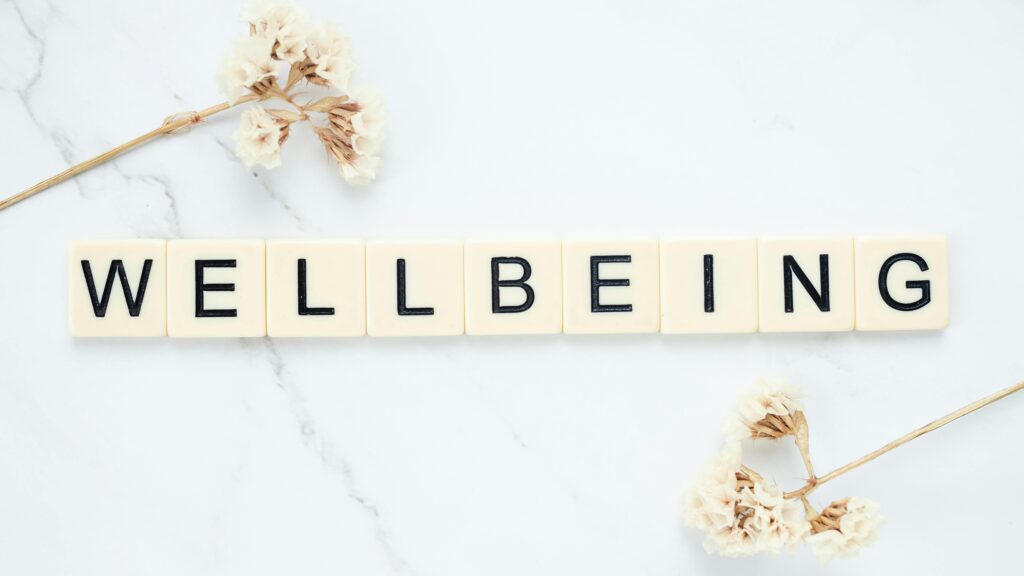
The wellness industry is in love with its shiny new toy: the mind-body connection. Every day there’s a new article or expert talking about how stress can manifest as tight shoulders or an upset stomach, and how breathwork or a morning stretch can “reset your nervous system.” One such piece by somatic healing expert Lydia Levine explains:
“The body and mind may seem like entirely separate entities, but they are more closely connected than you might think.”
For disabled people? We don’t “think.” We know.
The relationship between mind and body isn’t some trendy new discovery for us — it’s the operating system we’ve been running on since Day One.
The Mind-Body Connection When Your Body Is Constantly Loud
If you live with a physical disability, your body doesn’t politely whisper when something’s wrong. It broadcasts it on full volume. Muscle spasms, contractures, chronic pain, mobility limitations — these aren’t temporary symptoms that show up when we’re anxious and disappear after a hot bath. They’re permanent members of the family.
For me, a stressful week doesn’t just leave me “tense.” It can mean increased muscle tightness, disrupted sleep, fatigue so deep it’s physical, not just emotional. Sometimes my body reacts to emotions before my mind even catches up.
My body tells me I’m overwhelmed before I know I am.
Wellness culture calls that “tuning in.” For us, it’s survival.
The “Do Yoga and Take a Walk” Advice is Cute — But Let’s Be Real
A huge part of the able-bodied mind-body conversation revolves around solutions like:
- Go for a walk.
- Do some gentle stretching.
- Get in touch with your breath.
- Shake out the tension.
I would love to meet the person who writes these lists and watch them suggest it to someone who uses a wheelchair, AFOs, or mobility devices. It’s not that disabled people aren’t interested in somatic healing — it’s that many of these practices aren’t designed with our bodies in mind.
The truth is: we already practice somatic awareness constantly.
Every transfer from chair to bed is a full-body mindfulness moment.
Every time we adjust our mobility aids, we’re scanning our body for feedback.
Every bit of fatigue forces us to recalibrate energy and movement.
Able-bodied people try to “find their center” a few times a week. We have no choice but to live inside that dialogue constantly.
Why Emotional Language Matters (And Why We’ve Had to Master It)
Levine also points out that most people struggle to name their emotions precisely. Professor Brené Brown says many people can only name a handful of feelings out of the 87 emotions she identifies.
Disabled people don’t get that luxury. We’ve spent years — sometimes decades — explaining exactly what we feel to doctors, therapists, and specialists who demand precision: Is it sharp or dull? Is it stabbing or burning? Is it fatigue or weakness?
Learning to name your physical and emotional states with specificity isn’t some optional self-improvement exercise — it’s a requirement if you want decent healthcare. Our mind-body connection has been a daily negotiation with language, not a mindfulness exercise.
Disabled People Are The Original Mind-Body Experts
The irony of the able-bodied obsession with the mind-body connection is that they act like they’ve discovered a secret we’ve been living with forever. For people with physical disabilities, the relationship between mind and body isn’t theoretical. It’s not a workshop. It’s not a weekend retreat. It’s just… Tuesday.
So while I’m glad that wellness culture is finally catching on to what we’ve always known, it would be nice if, just once, they invited us to the conversation as experts — not afterthoughts.
Because when it comes to managing the mind-body connection?
We were here first.
Source: Levine, Lydia. “What Does Your Body Know About Your Mind?”
Editor’s Note:
The mind-body connection may be trending in wellness circles, but for people with physical disabilities, it’s not a revelation — it’s daily life. While this article draws inspiration from somatic healing expert Lydia Levine’s take on the topic, we’ve taken the conversation further by centering the lived experience of disabled individuals. Because when it comes to managing complex bodies and complex emotions, we’ve been doing the work long before the wellness industry decided it was fashionable.
Psst…
Whew! You made it to the end—clearly, you’re one of us.
So why not make it official? Hit that subscribe button and get the sass, smarts, and audacity delivered straight to your inbox every week.
🎉 If it’s free when you join, congrats—you’re in the pre-monetizing VIP club. That free ride? Yours for life.
💸 If there’s a price tag? Oops—you snoozed, but it’s still worth it. Every bold, badass word.
So go ahead. Click. Subscribe. Live audaciously. 💋
Like what you just read? Don’t just smile and scroll—show some love! Hit up my Buy Me a Coffee and send a little thank-you my way. Because diva-level storytelling and audacious truth-telling deserve more than just a “like.”